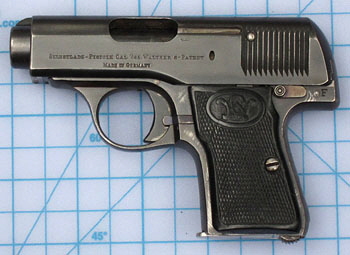
How To Crack Irdeto 2 Encryption Programs Open. 3/18/2018 0 Comments. How would one hack a file produced by such an algorithm without knowing it in advance?
'Irdeto 2', the encryption system that has been a pain in the butt for satellite pirates all over the world is ALMOST HACKED! This is no joke, I assure you. When Irdeto 2 is hacked that means that practically all channels on Nilesat will be decrypted, and in addition the Greek provider, Nova (on 13E which utilizes the Irdeto 2 system will be decrypted as well. All that is needed now is the algorithm so that we can put these keys in our receiver. Expected Release Date: Summer 2007 (and probably earlier for people who use Vplug Software) This summer is going to be a smoking hot one folks.
Here are the keys if anyone is interested (THESE WON'T WORK UNTIL THE ALGORITHM IS RELEASED).
Zyxel prestige 700 series opisanie. VideoGuard (sometimes referred to simply as NDS), produced by, is a digital system for use with television broadcasting. It is used on digital systems - some of which are operated by, which owned about half (49%) of NDS until its sale to in 2012.
Its two most widely used implementations are 's in the and and in the, the former of which launched the digital version of the system in 1998. Several other broadcasters around the world use the VideoGuard system, including,,,, (Scandinavia), (Italy), (Brazil), (New Zealand), (Australia), (India), & () (India), (Malaysia), (Thailand), (Turkey), (Balkan),, (Canada), (China), (Serbia), (Germany), (Bulgaria), (Romania), / (Asia), (Philippines), (Indonesia), (Italy), (Kazakhstan), (Greece), (Brazil). Since the majority of content provided by companies like BSkyB requires subscription, VideoGuard protects that content by encrypting both standard subscription channels and movies and events. Access flags can be downloaded to the subscriber's card either over the air (via 'hidden' data streams) or by using the built in, thereby allowing rapid changing of channel packages and ordering of events. Already in use in America since 1997, the VideoGuard system was introduced to the UK by NDS in 1998 with the launch of Sky Digital, replacing the system (also supplied by NDS) in use on Sky's analogue broadcasts.
Despite widespread of the US DirecTV service between 1997 and 2002, the implementation in the UK remained secure until 2014 when a BBC investigation revealed that some companies in south London offered pirated Sky TV sold for £10 a month. The BBC report quoted Keith Cottenden, forensic services director at consultants Cy4or, said in February 2014 that there were some areas in the UK where those hacking satellite TV outnumber viewers paying for it legitimately.
Various pay per view flaws have been identified in the past, related merely to the circuitry of the set-top box (STB), rather than the NDS card. It is suspected that the version initially used by Sky was either insecure or close to being broken, as a software update rolled out to all boxes required replacement of the BSkyB subscriber's viewing card.
Even so, wholesale card replacements are rare, currently having occurred just twice during the lifetime of Sky Digital - once in 2002/2003, and again in 2009 (replacements carried out between April and June). While most commonly used to protect pay-TV, VideoGuard is also used by numerous non-subscription broadcasters to enforce geographic rights restrictions. VideoGuard has been used by the BBC, ITV, and Channel 4 to restrict non-UK viewing, although in recent years these broadcasters have moved to broadcasting FTA on the more geographically restricted footprint of the satellite which is mainly, although not entirely, focused on the UK and Ireland. In some cases, encryption is still used on some versions of ITV and Channel 4 services where rights issues or a lack of capacity on the Astra 2D satellite are an issue. Many broadcasters choose to pair their cards, meaning that a paired (also called 'married') card can be used only in a specific broadcaster-supplied STB, or by using the serial number from said receiver with one of the reverse-engineered solutions.